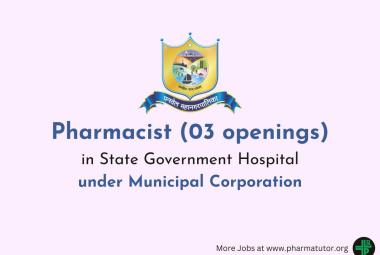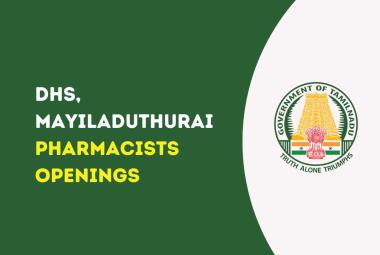Concepts and philosophy of ICH
 About Authors:
About Authors:
Sahithya Bitragunta, Ponnuru Venkata Suresh, Nadendla RamaRao
Chalapathi institute of pharmaceutical sciences,
Lam,Guntur,
India.
Abstract:
In 1960’s, different countries used to have different set of guidelines and laws for the registration and marketing of pharmaceuticals. But tragedies like Thalidomide disaster made harmonization of all technical requirements which are required for the registration of pharmaceuticals for the human use. Thus ICH has been launched in 1990 by drug regulatory authorities and pharmaceutical industrial members of Europe, Japan and US with an objective of providing guidelines to ensure the registration and marketing of safe, effective and high quality medicines.
[adsense:336x280:8701650588]



 About Authors:
About Authors: About Authors:
About Authors:





